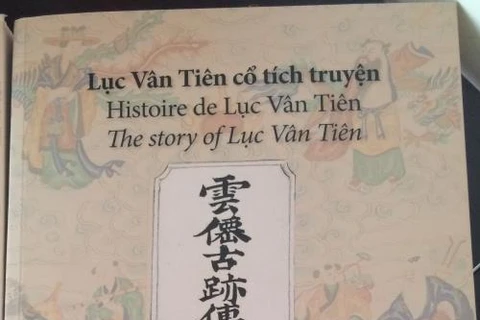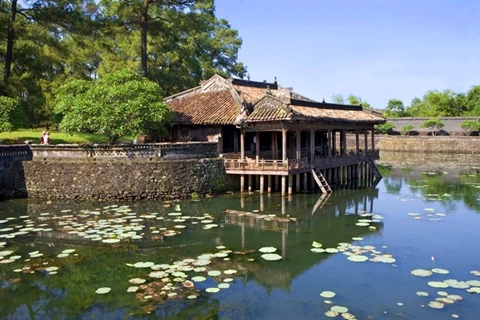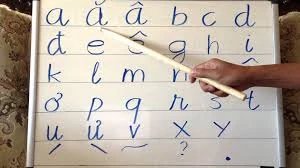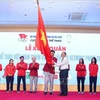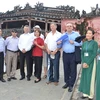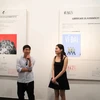Quang Nam (VNA) – More than 200 Vietnamese and foreign scientists and researchers in history, culture and language gathered in the central province of Quang Nam on August 24 to discuss issues related to Thanh Chiem Palace and the introduction of Vietnamese script.
More than 70 reports at the conference specified issues relating to history, politics, culture, economy, language and religion of Quang Nam-Hoi An-Thanh Chiem (which is in Dien Ban town in Quang Nam today) between the 10th and 20th century.
They focused on the process of completing, using and popularising the modern Vietnamese script, as well as the preservation promotion of historical values of Thanh Chiem Palace and the Vietnamese script heritage.
Latest reports that Portuguese Jesuit Francisco Pina invented the new method of transcribing the Vietnamese language with a Latin alphabet at Thanh Chiem Palace (1621), and he taught the romanised script to two priests, French Alexandre De Rhodes (1591-1660) and Portuguese Antonio Fonte.
The report also revealed a letter that Francisco Pina sent to his Father Superior in Rome , saying Thanh Chiem Palace was the best place for learning the Vietnamese language because it was the centre of the Court.
The first school teaching the romanised script was also built in the palace, and Alexandre De Rhodes had a lasting impact on Christianity in Vietnam .
Thanh Chiem Palace is believed to have been built in 1602 by Lord Nguyen Hoang in Can Huc Village and then moved to Thanh Chiem Commune (now Dien Phuong Commune of Dien Ban Town , 10km from Cua Dai beach).
At the conference, participants proposed that Quang Nam province should continue working for a national heritage title for Thanh Chiem Palace, while increasing investment to the Dien Ban museum to strengthen popularisation on the palace and the Vietnamese script.-VNA

